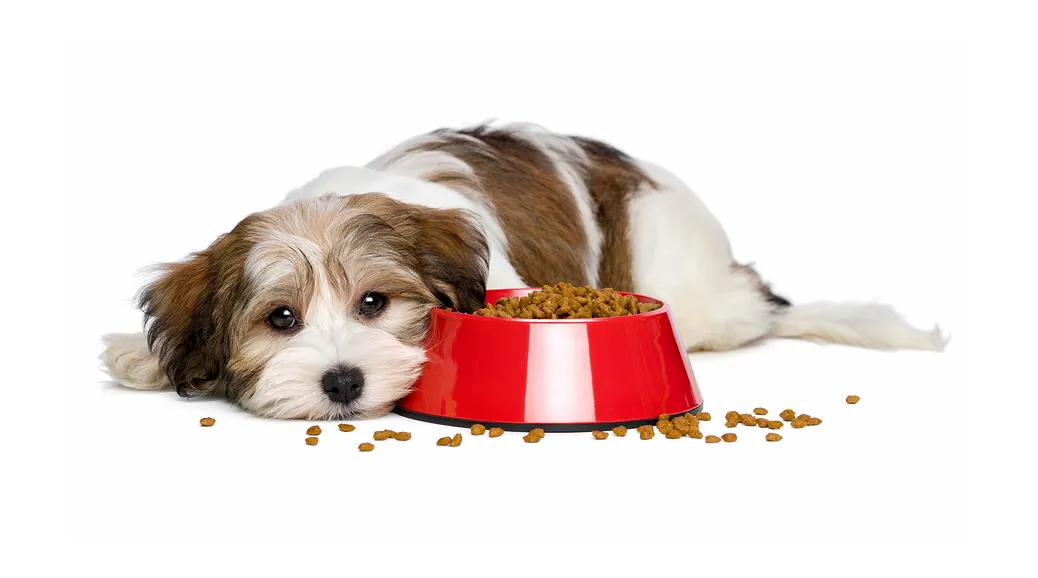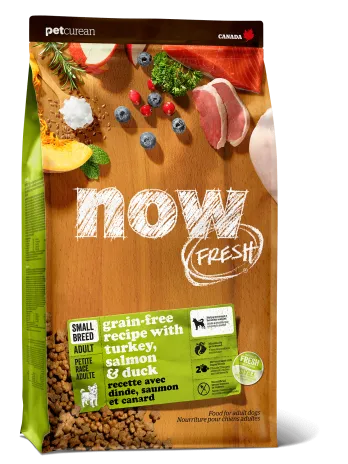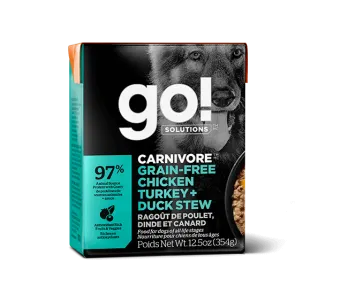Dealing with a fussy dog can be a frustrating experience for any pet parent. While some dogs enthusiastically devour anything placed in front of them, others approach their meals with a cautious sniff, a turned-up nose, or even complete disinterest. It’s not uncommon for smaller breeds to naturally be less food-motivated, but sometimes, a dog’s pickiness can stem from a bit of pampering – who wouldn’t prefer a tasty steak over a bowl of dry kibble? If you’re wondering what can dogs eat human food and how to make mealtime more appealing for your selective canine companion, these expert tips can help transform your dog’s eating habits and ensure they receive the nutrition they need.
Understanding Your Fussy Eater
Before diving into solutions, it’s helpful to understand why your dog might be a fussy eater. It could be their breed’s natural predisposition, a habit formed from receiving too many treats or table scraps, or even underlying health issues. Sometimes, dogs learn that refusing their regular meal might lead to a more delicious alternative from their well-meaning owners. Identifying the root cause can guide you in choosing the most effective strategy to encourage healthier eating habits.
Top Strategies for Feeding a Fussy Dog
1. Choose High-Quality Kibble
If dry kibble is your dog’s primary diet, the quality of the ingredients makes a significant difference in its palatability. Look for dog foods where named meats (such as chicken, lamb, or fish, not “meat by-products”) are the first ingredients. A premium kibble that includes quality proteins, fresh fruits, and vegetables will naturally be more appealing and aromatic to your canine friend compared to options laden with fillers and grains. Investing in a superior product can often be the first step in winning over a fussy eater, providing both better nutrition and taste.
2. Add a Little Warm Water
A simple trick to make dry kibble more enticing is to add a small amount of warm water. This releases the natural aromas of the ingredients, making the food more fragrant and appealing to your dog’s sensitive sense of smell. The warmth can also soften the kibble, which might be preferable for older dogs or those with dental sensitivities. This small change can often stimulate their appetite and encourage them to eat more readily.
3. Mix in Good Quality Wet Food
Wet dog food is renowned for its high palatability and rich aroma, making it an excellent choice for enticing fussy eaters or older dogs experiencing a decrease in appetite. Incorporating just a spoonful or two of a good quality wet food with their regular kibble can provide the boost needed to encourage your dog to eat. The differing textures and strong scent often prove irresistible. However, remember that cats usually prefer their wet and dry foods served separately, due to their unique textural preferences.
4. Enhance Meals with Healthy Additions
Adding certain human foods can significantly increase the appeal of your dog’s meal, but it’s crucial to know what human food can dogs eat safely. A couple of spoons of plain yogurt (ensure it contains no xylitol, as it’s toxic to dogs), sardines, mackerel, or even steamed vegetables (like green beans or carrots) can work wonders. You can mix these additions directly into the kibble or place them at the bottom of the bowl with kibble on top, encouraging your dog to eat through the dry food to reach the tempting layer below. Knowing what yogurt is safe for dogs is key to using this trick safely.
 A happy dog enthusiastically eating from its bowl, illustrating a successful mealtime
A happy dog enthusiastically eating from its bowl, illustrating a successful mealtime
5. Practice a Little “Tough Love”
Sometimes, a firm but gentle approach is necessary. If your dog doesn’t eat their meal within 10-15 minutes, remove the bowl and do not offer food again until the next scheduled mealtime. Dogs do not necessarily need to eat every single day, especially if their exercise routine is minimal; they might simply not be hungry. This method helps your dog understand that food is offered at specific times and teaches them to eat when it’s available, rather than holding out for something “better.”
6. Rotate Their Food
Introducing variety can prevent your dog from getting bored with their food. When purchasing your next bag of food, consider rotating to a different meat or fish protein. Always remember to transition new foods gradually by mixing them with the existing food over several meals to avoid upsetting their stomach. Choosing simple formulas, such as limited-ingredient diets or those formulated for sensitive stomachs, can make food rotation easier and minimize digestive issues.
7. Hand-Feeding or Scattering Kibble
For truly reluctant eaters, taking food directly from your hand can be a comforting and encouraging first step, eventually transitioning them to eat from their bowl. Another effective strategy is scattering the kibble over a clean, designated area on the ground. This activates your dog’s natural instinct for scavenging and hunting, turning mealtime into an engaging and rewarding activity rather than a chore. This simple change in presentation can often pique their interest.
8. Feed a Little Less Than Recommended
Many dogs today are actually overfed, which can diminish their appetite. Try feeding slightly less than the recommended portion size for a few days. This can increase their hunger at the next mealtime, making them more eager to eat. Remember, if you’re feeding a good quality food, your dog often needs less of it compared to lesser-quality foods because it’s more nutrient-dense. This approach ensures they are truly hungry when mealtime arrives.
 A small breed dog food bag, emphasizing appropriate portion sizes
A small breed dog food bag, emphasizing appropriate portion sizes
9. Keep Treats to a Minimum
While it’s tempting to spoil your dog with treats, excessive snacking throughout the day can significantly reduce their appetite for proper meals. Limiting treats, especially between meals, helps ensure your dog is genuinely hungry when it’s time to eat their main food. Reserve treats for training or as special rewards, rather than a constant supplement to their diet. This simple adjustment can often make a big difference in a fussy dog’s eating habits.
10. Make Mealtimes a Pleasant Experience
The atmosphere around mealtime can influence your dog’s willingness to eat. Try to make it a positive and exciting experience. Show enthusiasm when preparing their food, encourage a bit of anticipation, and avoid stressing over their eating habits. A calm and happy environment can encourage your dog to associate mealtime with positive feelings, rather than pressure. Remember that for puppies, understanding what human food can a 6 week old puppy eat is vital, but generally, commercial puppy food is best.
 A delicious stew-like dog food, appealing to picky eaters
A delicious stew-like dog food, appealing to picky eaters
Conclusion
Feeding a fussy dog requires patience, consistency, and a willingness to try different approaches. By implementing these expert tips, from selecting high-quality food to adjusting mealtime routines and understanding what can dog eat that’s human food, you can encourage healthier eating habits and ensure your canine companion receives the essential nutrients they need to thrive. If your dog’s fussiness persists or is accompanied by other concerning symptoms, always consult with your veterinarian to rule out any underlying health issues. A healthy, happy dog starts with a well-fed dog!
